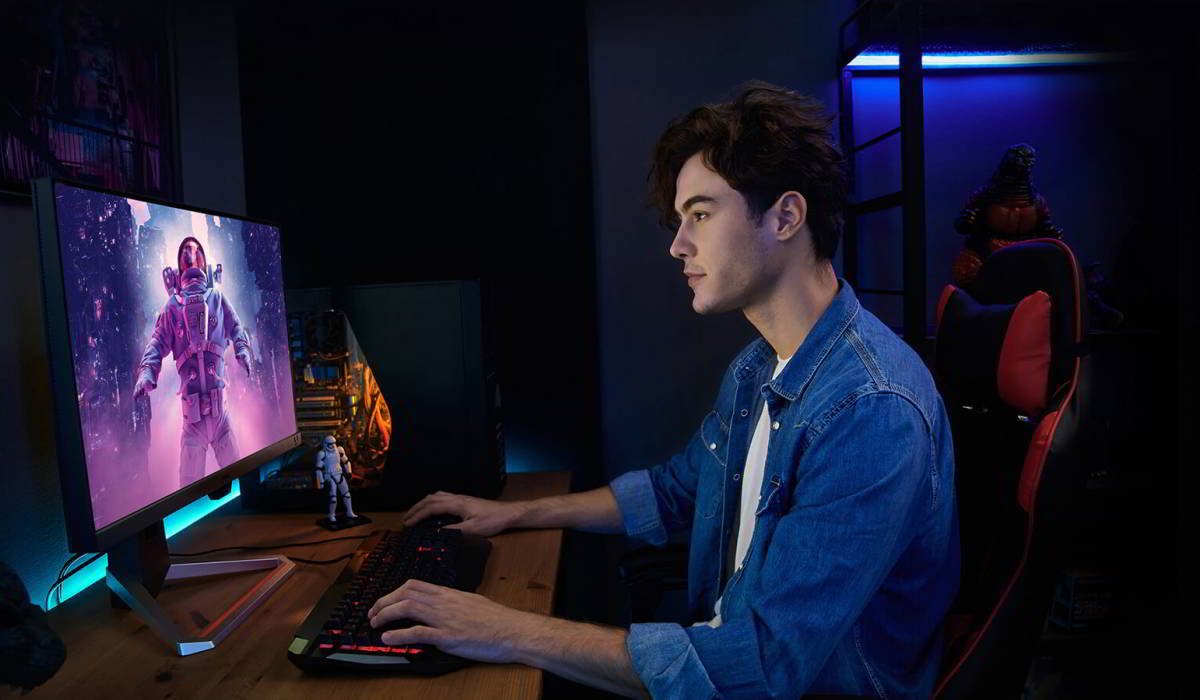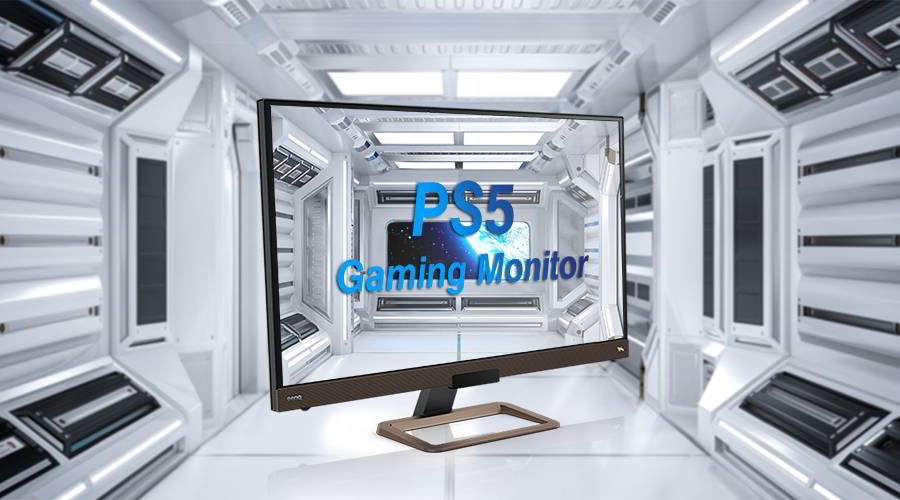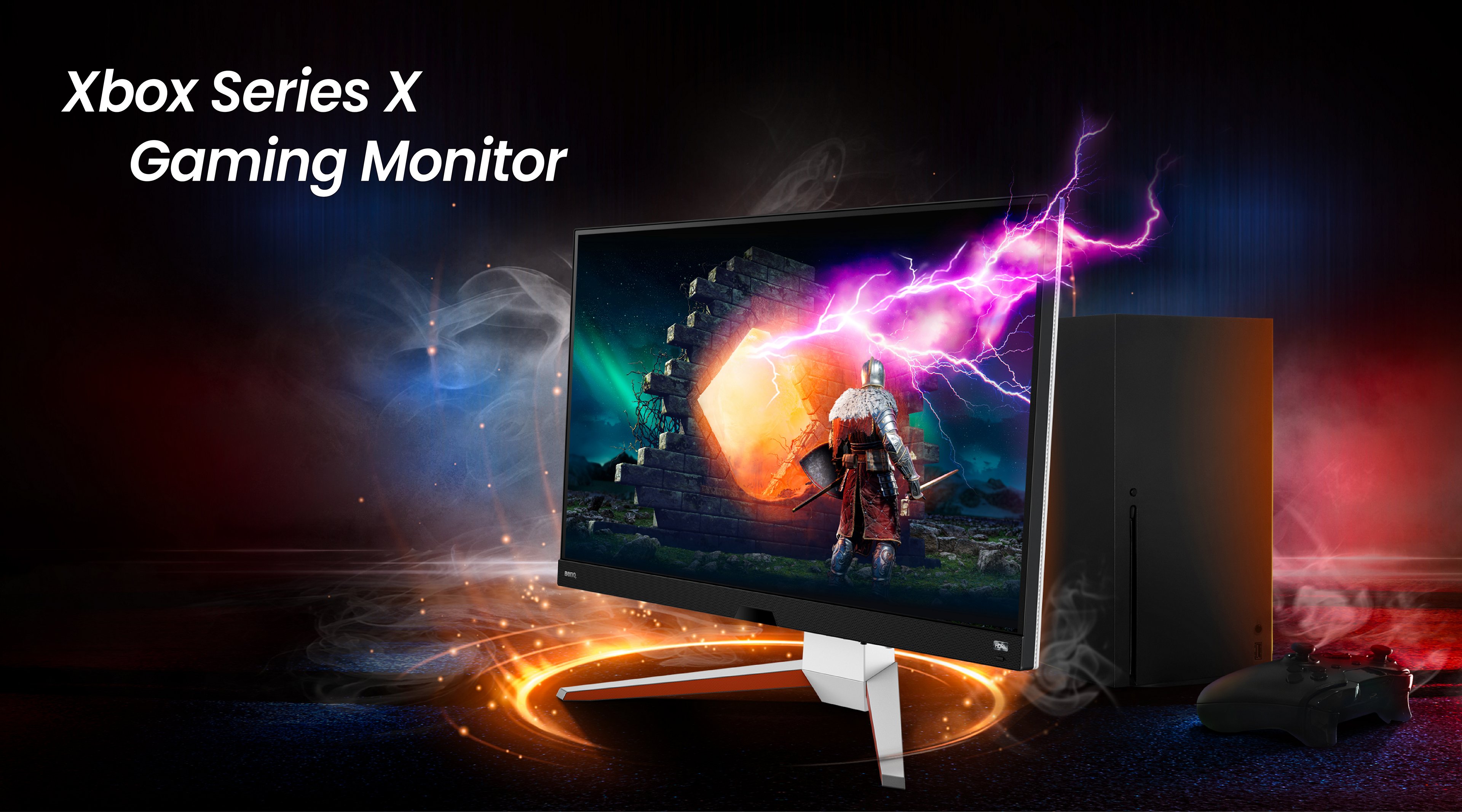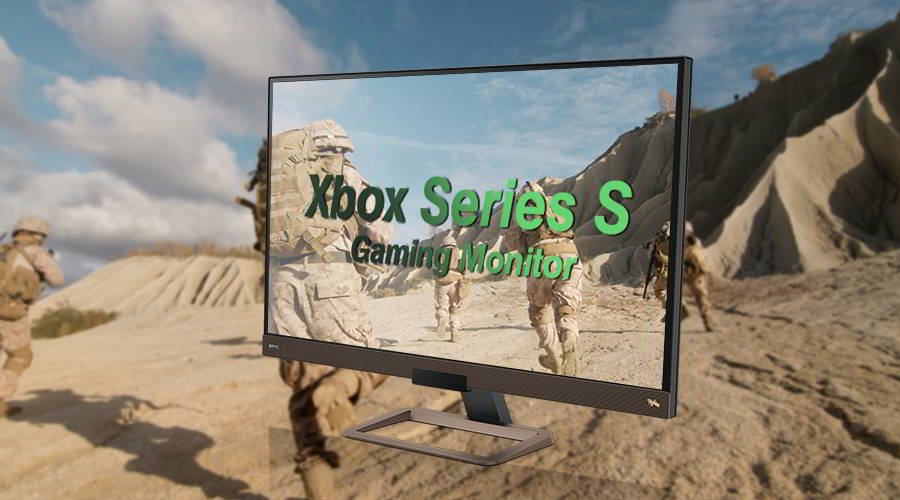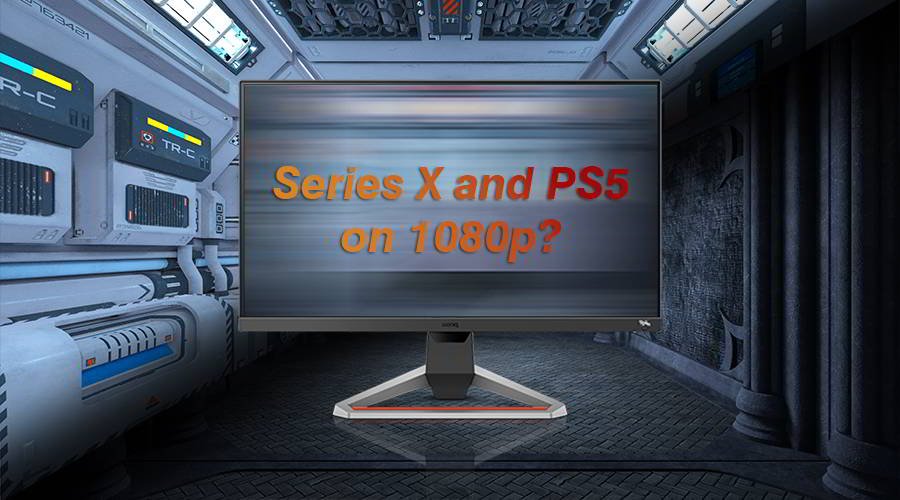HDMI 2.1 has 48Gbps carry capacity, compared to just 18Gbps for HDMI 2.0. Now, the 18Gbps of HDMI 2.0 assumes video delivery with HDR, 4:4:4 chroma, and 10-bit color coding. At a resolution of 3840 x 2160, that would fill up the entire bandwidth with a maximum framerate of 60Hz, and often 4:4:4 won’t be possible, only 4:2:2. However, if we can force 8-bit color coding (16.7 million colors), no HDR, and 4:2:0 chroma subsampling, then 4K 120Hz actually turns out to “cost” about 16Gbps, which is technically possible on HDMI 2.0.
Current game consoles and graphics cards all allow for such controls over video settings, although many games and apps will force override user-defined parameters. In theory, though, HDMI 2.0 (effectively HDMI 2.0b since late 2016) can do 4K 120Hz.
This mostly applies to PC, where cards like the GTX 2080 Ti can actually pull off 120 frames per second in certain games while running in 4K. The PS4 Pro and Xbox One X won’t allow 120Hz in 4K anyway. At most you’ll be able to get 120Hz in 1440p with some televisions and monitors, though you’re more likely to be limited to 120Hz in 1080p, even if you have a very fast 2K display.
So, if you currently have a top of the line NVIDIA card, go into the NVIDIA Control Center and change display settings as described above. Force 8-bit color, limited RGB, and 4:2:0 chroma subsampling. Right click on your Windows desktop, go into display settings there, and make sure HDR is unchecked. This’ll save every bit of bandwidth possible so you can squeeze those 120 frames per second via HDMI 2.0 whenever possible.
